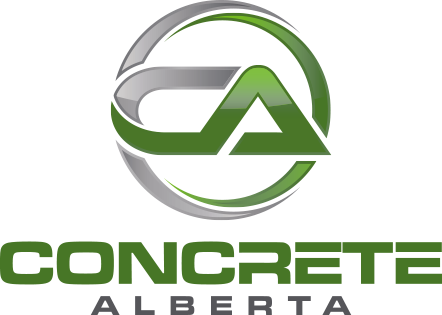Insulating Concrete Forms (ICFs)
|
Insulating concrete forms (ICF) for walls |
ICFs are polystyrene forms that stack like blocks with steel rebar inside. Once these blocks are assembled, concrete is poured into the hollow core of the block to create walls. They are either shaped into pre-formed interlocking blocks or separate panels connected with plastic ties. These left-in-place forms not only provide continuous insulation on both sides of the wall, but also provide a backing for drywall on the inside and stucco, lap siding or brick on the outside. |
|
Homes built with ICF walls |
Approximately 128,000 ICF homes have been built in North America since the early 90s. Today, it represents approximately 3% of North America housing starts. The rate of growth has been steadily increasing year over year at a rate of close to 40%. Over 100 distributors and manufacturers of ICF systems serve the Canadian market. |
|
You can build a ICF home at any time of the year |
Yes. An ICF home can be built at any time of the year. Unlike wood-framed construction, there is no warping when exposed to dampness from rain or snow and the technology exists to properly cure cement in any kind of weather. |
|
Types of exterior finishes an ICF home can have |
An ICF home will accept any traditional exterior finish including brick, wood and vinyl siding, stucco and stone as well as many others. The options are endless. |
|
Saving money with a ICF home |
An ICF home keeps heat in during the winter and cool air in during the summer. This feature, combined with radiant in-floor heating, can save you as much as 50% on your annual energy bills.
|
|
Cost of an ICF home compare to that of a framed home |
The initial cost of an ICF home is approximately 3-5% more than a traditional framed house. However, when you consider the savings you'll have in your energy bills, an ICF home will actually end up saving you money in the long run. |
|
ICF is an environmentally friendly method of building |
It's estimated that a 3,800 square foot ICF home saves up to 25 large trees when compared to conventional construction. Concrete is inert, non-toxic, and produced from abundant natural and recycled materials. ICF homes use 40% less energy and reduce greenhouse gas emissions. |
| Benefits to the homeowner from this type of construction |
An ICF home offers a very quiet living environment. Studies have shown that compared to a typical wood-frame house, only about one-third as much sound penetrates an ICF wall. There are no-squeak, no-bounce and no-draft floors with substantially reduced sound transmission between floors. The home is a more secure structure as ICF is resistant to high winds and major storms. There is flexibility in design selection because ICF homes allow for larger windows with deep window sills; and concrete as a flooring system allows for wider, more open spaces. |
| Changing the wiring or the plumbing in the walls of a home built with ICF and concrete | Changes in the wiring or plumbing are easy. All you have to do is cut into the polystyrene foam. The wires or tubing will easily fit into the cuts and will be held firmly in place by the foam itself. |
|
An increasing role for ICF in Canadian home construction |
Changes in the National Building Code for Canada will cause builders to rethink everything they know about home construction. ICF can offer all the answers. |
| Council of ICF |
For more information on ICF suppliers in your area, go to CICFI.org |
